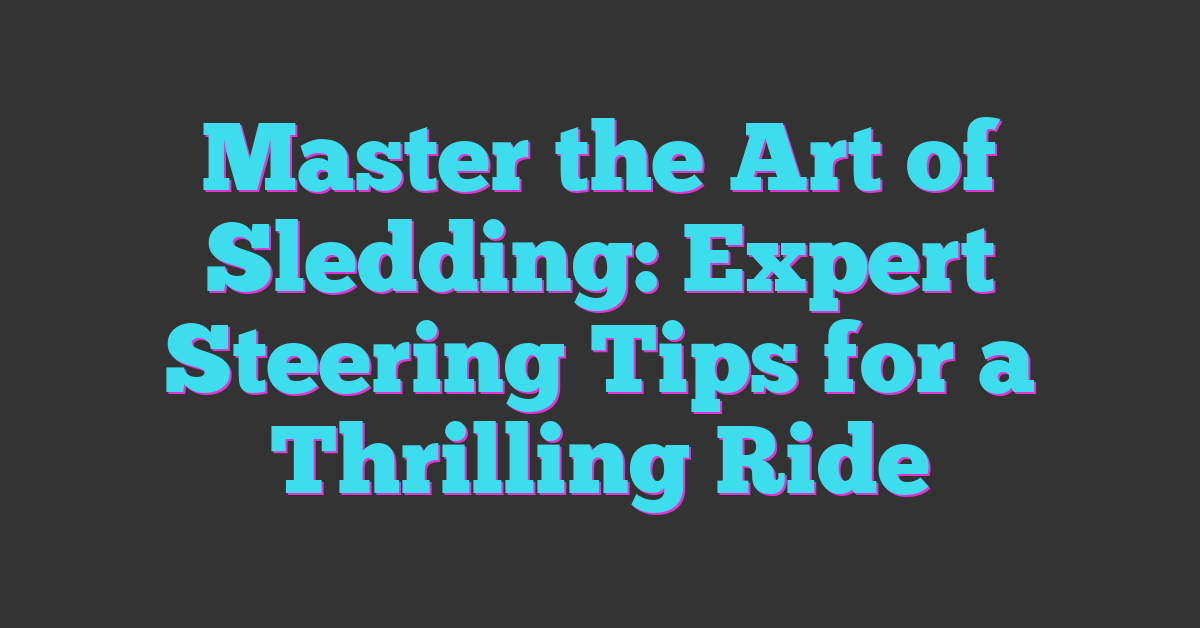As you gear up for another thrilling day on the slopes, don’t forget the importance of warming up. Snowboarding can be tough on your body, especially when you’re tackling those steep runs and tricky tricks. A solid warm-up routine not only prepares your muscles but also helps prevent injuries, so you can enjoy every moment on the mountain.

Benefits of Snowboarding Warm-Up Exercises
Warming up before hitting the slopes provides multiple advantages that enhance your snowboarding experience. Engaging in warm-up exercises prepares your muscles and joints, improving overall flexibility. Increased flexibility allows for better maneuverability, making it easier to navigate diverse terrains efficiently.
Enhancing blood circulation is another key benefit. Proper warm-ups increase your heart rate, ensuring blood flows to your muscles. This promotes faster muscle response and increases endurance, which means you can enjoy longer sessions on the mountain without feeling fatigued.
Reducing the risk of injury stands as a crucial advantage of warm-up routines. Well-activated muscles are less prone to strains, sprains, or tears. With adequate warm-up, you adjust your body to sudden movements and changes in balance that snowboarding involves, lowering the chances of accidents.
Boosting mental focus also plays a significant role in performance. Warm-ups allow you to shift gears from everyday activities to the thrilling intensity of snowboarding. This mental preparation enhances your ability to concentrate and react swiftly, optimizing your rides.
Overall, snowboarding warm-up exercises yield numerous benefits, ensuring you maximize enjoyment on the slopes while minimizing risks.
Essential Warm-Up Techniques
Warming up before hitting the slopes isn’t just a routine—it’s a game-changer for your snowboarding experience. These essential warm-up techniques prepare your body, enhance performance, and keep your time on the mountain enjoyable and safe.
Dynamic Stretching
Dynamic stretching gets your blood flowing and muscles primed for action. Focus on movements that mimic snowboarding, making these stretches relevant to your performance. Here are some effective dynamic stretches:
- Leg Swings: Stand on one leg and swing the opposite leg forward and backward. This engages your hip flexors and hamstrings.
- Walking Lunges: Step forward with one leg, lower your back knee toward the ground, then switch legs. This improves your balance and flexibility.
- Arm Circles: Extend your arms to the sides and make small circles, gradually increasing the size. This warms up your shoulders and upper body.
Incorporate these into your routine for about 5-10 minutes to activate key muscle groups.
Mobility Exercises
Mobility exercises enhance your body’s range of motion, crucial for those quick turns and jumps. These are key moves to include:
- Hip Openers: While standing, lift one knee towards your chest then rotate it outward. This loosens up your hip joints, improving flexibility.
- Ankle Rolls: Stand on one foot and roll the ankle of the opposite foot in circles. This prepares your feet for the pressure from your snowboard.
- Spinal Twists: Stand with feet shoulder-width apart and twist your torso side to side. This increases spinal flexibility and helps with weight shifts during turns.
Spend about 5-10 minutes on these exercises to ensure your joints and muscles are ready to perform at their best.
Specific Warm-Up Exercises for Snowboarding
Warming up doesn’t just prepare your body; it enhances your entire snowboarding experience. Targeted warm-up exercises can make a significant difference in your performance and enjoyment on the slopes.
Leg and Hip Exercises
- Leg Swings: Stand next to a wall for balance. Swing one leg forward and backward, keeping your movements controlled. Perform 10-15 swings per leg. This exercise enhances hip flexibility and strengthens key muscles.
- Walking Lunges: Step forward with your right leg into a lunge position, lowering your back knee close to the ground. Push off and switch legs, repeating 10-15 times per side. This builds strength in your quads and glutes while improving balance.
- Hip Openers: Stand on one leg while lifting the opposite knee up towards your chest. Rotate your hip outward, opening your leg to the side before bringing it back down. Repeat this motion for 10-12 repetitions per leg. This exercise increases hip mobility, essential for those sharp turns.
Upper Body Exercises
- Arm Circles: Extend your arms out to your sides and move them in small circles. Gradually increase the size of the circles before switching directions after about 20 seconds. This activity warms up your shoulders and helps improve your overall upper body mobility.
- Torso Twists: Stand with your feet shoulder-width apart. Twist your torso to the right and then to the left, keeping your hips stable. Perform 10-15 twists in each direction. This dynamic stretch enhances spinal flexibility, crucial for maintaining balance while carving down the slopes.
- Shoulder Shrugs: Raise your shoulders towards your ears, hold for a second, then drop them back down. Repeat 10-15 times. This exercise reduces tension in your upper body and prepares your muscles for the demands of snowboarding.
Incorporate these exercises into your warm-up routine to activate your muscles and joints, ensuring you’re primed for an exhilarating day on the mountain.
Tips for Effective Warm-Up Routines
Warming up properly maximizes your snowboarding experience. By focusing on timing and balance training, you set yourself up for success on the slopes.
Timing Your Warm-Up
Aim for a warm-up session of 5-10 minutes before hitting the slopes. Completing your routine at least 15 minutes before you start snowboarding allows your body to adjust, ensuring muscles are ready for action. Start with low-intensity movements to gradually increase your heart rate. Progress to dynamic stretches that target legs, hips, and core muscles, enhancing flexibility and blood flow.
Incorporating Balance Training
Balance training strengthens stabilizer muscles, improving your overall control on the board. Integrate exercises such as single-leg stands and balance board workouts into your warm-up routine. Focus on maintaining your balance while performing movements like quick turns or gentle squats. Practicing these exercises sharpens your reflexes and enhances muscle coordination, crucial for navigating challenging terrains.
Conclusion
Taking the time to warm up before hitting the slopes can truly transform your snowboarding experience. With just a few minutes of focused exercises you’ll not only prepare your body but also elevate your performance.
Remember that a solid warm-up routine helps keep you safe and enhances your enjoyment on the mountain. So next time you gear up for a day of snowboarding don’t skip this crucial step. Embrace those warm-up exercises and get ready for an exhilarating ride!










